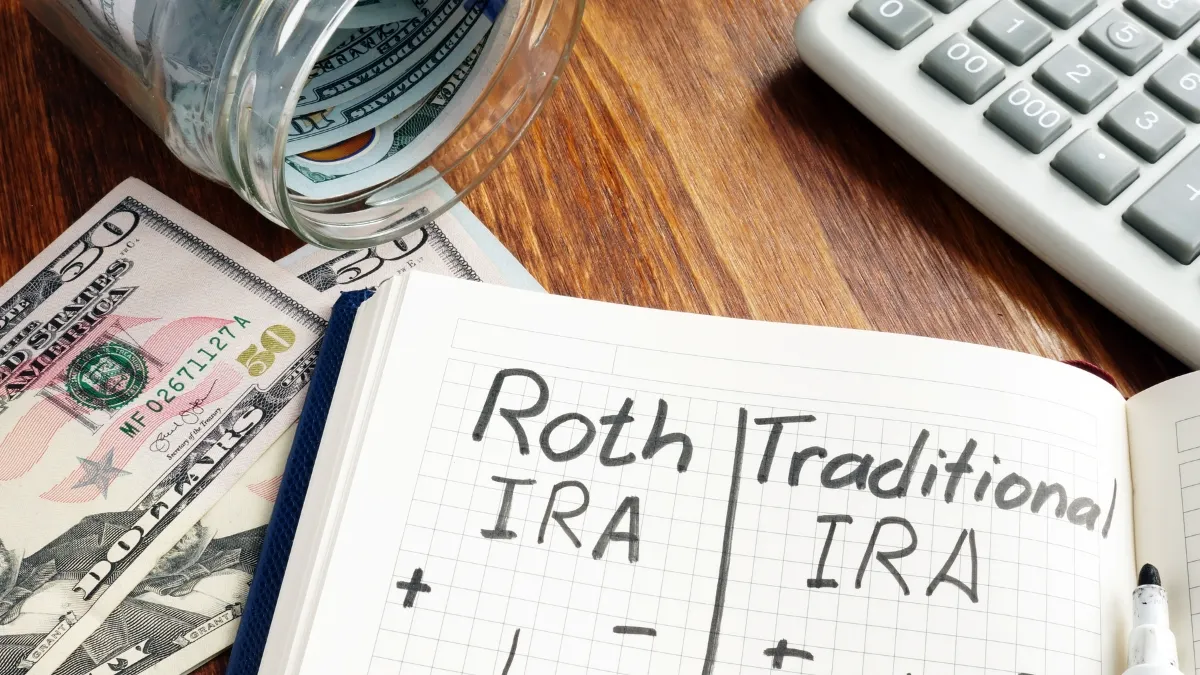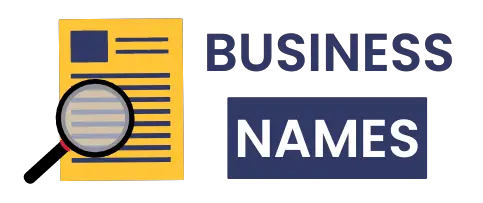Is a $1 million retirement nest egg still enough? If you plan to retire in your sixties, maybe. But if your goal is Early Retirement at 45, the traditional financial rules are a fast track to failure.
This is the Aggressive FIRE Strategy Playbook: a complete rejection of slow diversification and low savings rates. You must cram decades of saving into one aggressive decade, requiring smart risks, massive cash flow, and legal tax loopholes.
Forget the old 4% rule and the 60/40 mix—this is your non-standard, 2025-ready guide to true financial independence, decades ahead of schedule.
Early Retirement at 45: My Aggressive FIRE Strategy Playbook
The Retirement Timeline Shift: Aggressive FIRE vs. Traditional
Aggressive FIRE
Target Retirement Age
45
Savings Rate Goal
50% – 75%+
Withdrawal Strategy
Dynamic/Cash-Flow Focus
Traditional Advice
Target Retirement Age
65+
Savings Rate Goal
10% – 15%
Withdrawal Strategy
4% Rule (Static)
“Decades of saving must be crammed into one aggressive decade. This requires smart risk, not blind caution.”
— Aggressive FIRE Ethos

The old way of saving for retirement does not work if you want to quit work early. The rule that says to split your money 60/40 between stocks and bonds is dead. The popular 4% Rule for taking money out of your savings is old news. If you follow standard advice, you are signing up to retire at age 65.
Traditional advice is safe. It is meant to protect the money of people who are already close to retirement. But you want Early Retirement at 45. That is decades sooner than normal. To do this, you must ignore the old rules completely. I became financially independent way ahead of schedule. I used an Aggressive FIRE Strategy. This plan uses smart risks, speeds up how fast money grows, and uses legal tax loopholes. This is your complete, non-standard Playbook for this fast-track approach. It uses real, up-to-date plans for 2025.
Many serious investors feel stuck. They save just 10% to 15% of their income. They rely on mixing up stocks in a market that has high inflation and changes quickly in 2025. This slow method takes decades. My strategy is built to cram decades of saving into one aggressive one. You will learn the plan for quick wealth. This means focusing your money in one place. You will see how to legally get your retirement money early, before age 59.5, without paying extra fees. Finally, you will learn a modern way to build a steady income portfolio using assets that pay high cash flow instead of low-earning bonds.
The Myth of Mixing: Why Focusing Drives Your Aggressive FIRE Strategy
The Wealth Builder’s Choice: Concentration vs. Diversification
Concentration (Aggressive FIRE)
Focusing capital into a few high-conviction assets or sectors to **maximize growth speed**.
Goal
Build Wealth FAST
Phase
Accumulation Phase
Different Tools for Different Goals
Diversification (Traditional)
Spreading capital across many asset classes to **minimize volatility and risk of loss**.
Goal
Preserve Wealth SLOWLY
Phase
Preservation Phase
“Diversification is a protection against ignorance. It makes very little sense for those who know what they’re doing.”
— Adapted from Warren Buffett

The biggest choice you make for early retirement is challenging the main rule of diversification—mixing up your investments. Standard advice says spreading your money across many different things is the best way to handle market swings and keep your wealth safe. That is true for keeping a fortune. But concentration is often a better way to build a fortune in the first place. If you are focused on an Aggressive FIRE Strategy, you must stop thinking about keeping your wealth safe during the saving years.
How Focusing Your Money Helps
People who reach massive wealth before age 50 almost always do it by focusing on one big thing. They put their money into high-confidence holdings or a successful business. This leads to large, sudden amounts of cash. Real stories prove this. One person, Jeff, built a net worth of over $10 million by selling his businesses many times. He did this by making concentrated bets, not by buying general index funds.
In 2025, the old 60% stocks, 40% bonds portfolio looks old. Two out of three Americans believe they need to add new types of assets to their savings to succeed today. Over 40% of investors think the 60/40 plan is finished. This change is important. Even simple stock index funds now put most of their weight into a few huge tech companies. This means the way you build a traditional portfolio is riskier now than in past decades. Your retirement strategy must aim to create massive money through highly focused investments during the years you are building up capital.
How to Manage the Risk of One Asset
When you get rich quickly through a single, focused asset—like company stock or a great real estate deal—the main problem is handling the risk that comes next. You must slowly spread out that focused wealth without getting hit by huge taxes or market risk all at once.
The smart move is to sell the concentrated asset over time. For example, if you hold a lot of one company’s shares, you might sell 10% every three months for two and a half years. This plan is key for U.S. investors. It achieves three things: it lowers the risk of selling everything on a bad market day. It spreads out the capital gains taxes you have to pay. It lets you manage your tax bracket each year. This controlled shift from one risky asset to a diverse portfolio that pays cash flow is the key moment for the Aggressive FIRE Strategy to work.
Fast Money: Getting 60%+ Savings Rates for Early Retirement at 45

If focusing your investments is the engine that makes your capital, your savings rate is the lever that speeds up that capital. The math for early retirement is clear: how fast you reach financial freedom depends mostly on the percentage of your income you save. This matters more than your market returns in the early years. Saving 15% takes decades. Moving your savings rate to 60%, 70%, or even 80% crushes the timeline down to under ten years. People using FIRE usually save 50% to 70%. Those wanting to retire in their 30s or 40s often save 70% or 80%.
The Savings Rate Math and High-Paying Side Jobs
To hit these huge savings rates, you must cut costs hard and earn a lot of money. You are pursuing Early Retirement at 45, so simply cutting expenses is not enough past a certain point. You need to focus on high-value side jobs that support your main focused wealth strategy. Driving for a gig app helps, but the real speed comes from using your skills to earn more. This means doing specialized consulting, creating digital products, or selling niche expertise. This makes your money pile up quickly, ensuring you hit your goal number fast.
Your New FIRE Goal: 30x Your Expenses
The old FIRE standard, the 25x Rule, says saving 25 times your yearly spending is enough to support a 4% withdrawal rate. But this rule is too risky for a retirement that starts at 45 and needs to last for four decades or more. The dangers of running out of money, dealing with inflation, unexpected health costs, and market drops (called sequence risk) mean you need a much bigger safety cushion.
Many modern planners suggest a safer goal: plan to save 30 times your annual expenses. Experts now see $1.5 million, which many people call the “magic number,” as the bare minimum, not the finish line. This is because of high inflation and healthcare costs. Aiming for 30x your expenses makes your portfolio much safer for the long run. It is a vital buffer that makes up for the high risks you took while building your wealth.
Your Tax Playbook: Using the Roth Conversion Ladder in 2025

The single hardest problem for the early retiree is getting to the savings locked away in traditional retirement accounts (like 401(k)s and Traditional IRAs) before you turn 59.5. If you take money out before this age, the IRS usually adds a 10% penalty tax. The Roth Conversion Ladder 2025 is the main, legal trick used to solve this. It creates a steady flow of accessible, penalty-free funds starting at age 45.
How the Roth Conversion Ladder Works
This ladder is based on two simple IRS rules:
- Roth Contribution Withdrawal: You can take out the money you put into a Roth IRA (your contributions) at any time. There is no tax or penalty.
- Conversion Rule (The 5-Year Clock): If you move money from a Traditional IRA to a Roth IRA (a conversion), that converted money is treated like a contribution. But it must “age” for five full tax years before you can take it out penalty-free.
The plan is simple: every year, you move a portion of your pre-tax retirement money into a Roth IRA. Five years after that first conversion, that converted money is available to you penalty-free. By making yearly conversions, you build a steady, continuous stream of available cash flow that starts when you retire (age 45) and lasts until you can access all your funds (age 59.5).
The Tax Advantage in 2025 (OBBBA)
The year 2025 gives you a special chance to do large Roth conversions. A new law, the One Big Beautiful Bill Act (OBBBA), was signed in July 2025. It made the current, lower income tax rates permanent.
This stability is a huge help. It removes the worry about tax rates going up in the future. It encourages you to convert assets up to the top of your current tax bracket (like 24%). This helps you pay the lowest tax possible now, while getting the biggest amount of money locked in for future tax-free growth. People with high incomes who cannot contribute directly to a Roth IRA rely on these conversions. It is the best way to build a base of tax-free retirement money.
Early Access Tax Strategy Timeline (Retirement at Age 45)
| Action Item | Target Age | How It Works | Key 2025 Insight |
| Start Conversion Ladder | 40 (or earlier) | Move pre-tax IRA/401(k) funds to Roth IRA | OBBBA keeps current low tax rates, making this the best time to convert |
| First Withdrawal (Year 5) | 45 | Take out the converted money (contributions only) after the 5-year wait | Gives you your first penalty-free money for living costs |
| Implement 72(t) SEPP | 45 | Start penalty-free Substantially Equal Periodic Payments (SEPP) | This is a backup for other money, but it is rigid |
| Full Tax-Free Access | 59.5 | All remaining Roth IRA earnings become available | Standard age for full retirement withdrawals |
The 72(t) Backup Plan
The Roth Conversion Ladder 2025 is the best option because it is flexible. But you can use the Substantially Equal Periodic Payments (SEPP) under the 72(t) rule as a backup. This lets you access traditional funds penalty-free if the payment amounts are calculated by the IRS based on your life expectancy. But this plan is very strict. Once you set the payment schedule, you cannot change it for five years, or until you turn 59.5, whichever is longer. If you change the payment amount, you get a 10% penalty on all past payments. This is why the Roth Conversion Ladder is the preferred tool. It gives you more control.
Building Cash Flow: Better Investments for Early Retirement

The traditional withdrawal plan assumes you hold a large amount of low-growth, low-return fixed income (bonds). These are supposed to protect you during market crashes. This approach is not right for a person retiring at 45. You need high cash flow and face inflation risk for many decades. The smart move is to switch from safe assets to high-yield Alternative Investments for Cash Flow.
The New Safe Money: Private Credit
Alternative investments—like private equity and private credit—offer great benefits. They can make your portfolio more diverse, give you higher potential returns, and protect you from traditional stock and bond market drops. For the early retiree, the best way to replace low-earning bonds is private credit. Real-life examples show that smart investments in private credit loans can produce great returns, sometimes around 10%.
The good news for 2025 is that private credit is becoming easier to access. The SEC is looking at changing a rule that limits how much publicly traded closed-end funds can invest in private funds. If this change happens, publicly traded funds could heavily invest in private credit. This would give regular investors access to these high-performing assets while still allowing them to sell their fund shares easily. This makes getting into high-level private market deals a real part of the early retirement strategy in 2025. Before, only huge investors could get to this.
Real Assets and Big Needs in 2025
Real assets, like real estate and basic infrastructure, are important. They protect you from inflation and grow based on real demand. A major bank’s 2025 outlook points out two huge structural chances for focused investors:
- U.S. Housing Problem: A serious housing shortage across the U.S. means there are still chances in real estate development.
- AI Energy Shortage: The massive energy needs from the fast growth of Artificial Intelligence (AI) are creating a shortage in infrastructure. This requires huge investment in new power and data centers.
These ideas show that investing in real assets—especially those tied to technology demand—offers a strong way to make cash flow and grow your money. Regular index funds cannot do this.
Handling Cash Needs and Market Drops
While alternatives pay more, they are usually harder to sell quickly and can be riskier. This trade-off between getting cash easily and getting a high return is the main challenge for the early retirement portfolio.
The solution is to keep a large cash safety buffer. This means holding highly liquid assets, such as high-yield savings accounts, enough to cover two to three years of living costs. This liquid buffer is key for lessening sequence risk. Sequence risk is when a market crash happens right after you retire. This buffer lets you survive market downturns without being forced to sell your hard-to-sell assets or growth stocks at a loss during those first critical years.
2025 High-Yield Assets for Cash Flow
| Asset Class | Why You Need It | What Is Driving It in 2025 | Risk and How Liquid It Is |
| Private Credit | Replaces low-yield bonds (~10% possible) | SEC looking at giving more access; interest rates getting back to normal | Hard to sell, Medium-High Risk |
| AI Infrastructure/Real Assets | Protects against inflation; grows with demand | AI energy needs are huge; U.S. housing shortage drives building | Hard to sell, Medium Risk |
| Focused Growth Stocks | Planned growth to beat inflation | Preference for U.S. stocks with strong AI earnings/spending | Easy to sell, High Risk |
The Final Steps: Market Drops and Your New Identity

The last part of the Aggressive FIRE Strategy involves two things that are not about money: controlling the risk of market drops (sequence of returns) and handling the mental impact of sudden wealth and leaving your career.
Dealing with Sequence Risk: Be Flexible
Sequence of returns risk happens when poor market performance right after you retire eats away your savings too fast. This is a bigger risk for someone retiring four decades early. To fix this, you must stop using rigid rules like the 4% Rule. You need flexible, active withdrawal plans.
Many experts suggest starting with a lower withdrawal rate—maybe 3.0% to 3.5%—instead of 4% for a portfolio that needs to last 40 or more years. Your portfolio must stay balanced. Focusing only on super-safe assets might fail to give you the mix of stability and growth you need to last many decades. Being flexible means you must adjust your spending based on how the market does. This might mean pulling from your cash buffer during bad times and only raising your spending after a few good years.
The Identity Problem for High-Achievers
The mental effect of retiring early is often missed but is deeply important. People who are successful and driven often tie their self-worth to their work, the hours they put in, and the demands placed on them. When the career stops suddenly, this connection can cause a serious identity crisis and a deep feeling of loss.
One business owner who hit $20 million in his early 30s said the “identity problem was big for me the first year.” He realized his worth was based on “how hard I worked on something.” Another said that when his net worth was highest, he was “kind of the unhappiest.” This shows that money worry can stick around even when you are very rich.
Losing that structure, the community, and the “grind” can throw you off. The last step in the playbook is finding a new purpose. An actionable step is to treat designing your life as your new job. You should reframe “work” to focus on meaningful experiences and passions. Taking up hobbies and passion projects is key. It replaces the meaning you lost when you walked away from a high-intensity career.
Conclusion
Retiring early needs you to fully reject the careful, slow philosophy of traditional financial advice. The key changes in this Playbook are needed to shrink a 40-year working life into 15 or 20 years.
Success comes down to three non-traditional pillars:
- Building Wealth: Stop broadly mixing investments and focus your money to build fast wealth.
- Getting Cash: Use the legal tax trick of the Roth Conversion Ladder 2025 to get your money before age 59.5.
- Post-Retirement Income: Build a safe, high-paying portfolio using Alternative Investments for Cash Flow to beat inflation.
If you want Early Retirement at 45, you must take on this Aggressive FIRE Strategy. Know that the greatest wealth is made when you mix smart risk, strategic tax planning, and mental preparation. Now is the time to figure out your 30x spending goal, check your 2025 conversion chances under the OBBBA, and adjust your assets to balance being easily accessible with giving you a high return.

